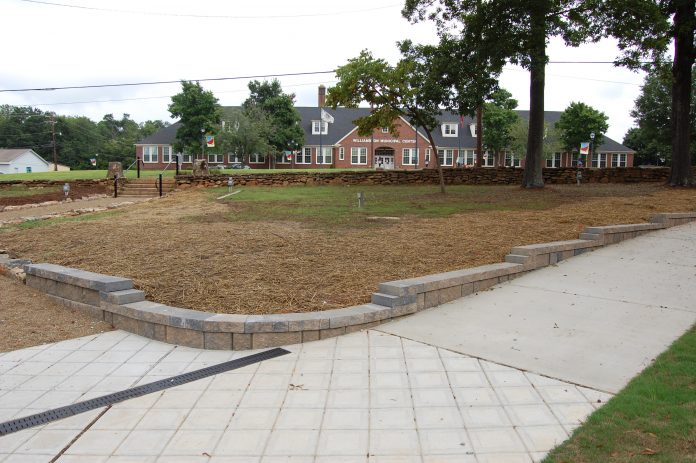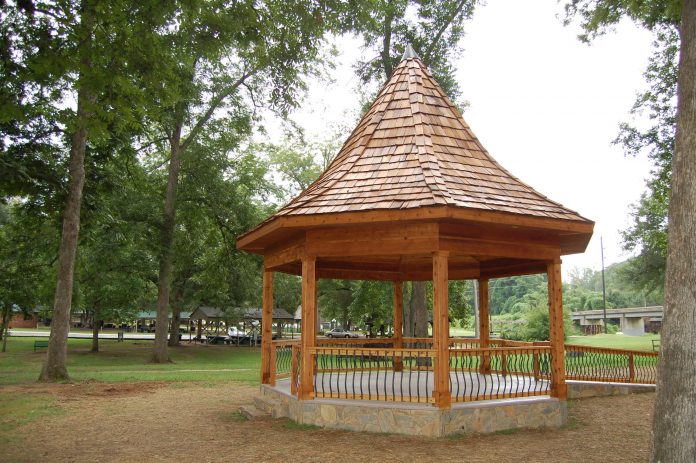Source – “A Town Springs Forth” by Gene Welborn
In the late 1700’s, Samuel Williams moved from the upper part of Union County, South Carolina to Greenville County just across the Saluda River from the Big Creek Baptist Church. He married his cousin, Mary Williams.
Samuel became a sizeable landowner in Greenville and Pendleton Districts. They had five children, Richard, Austin, Jane, Samuel Jr., and West Allen.
West Allen Williams was born in 1804. He settled in the White Plains area of Anderson County and was the first postmaster at the White Plains Post Office in 1839.
In the 1840’s, he acquired land from his father on Big Creek in the area that is now Williamston and moved to the village.
West Allen’s daughter, Sara Ann, married a young doctor, William Brewster Millwee, from the Hopewell Community in1848. They build one of the first houses in what became the town of Williamston. It is the house long known as the “Dr. W. W. Wilson Place.”
It was in the 1840’s that Williams found the mineral spring. There are several legends as to the finding of the spring. One is that Williams was following a deer path in looking over his land and he became very tired. He stopped to rest in the shade of the trees and was soon asleep. He dreamed of a crystal clear spring whose healing qualities were of benefit to all the sick and ailing who drank from it. He even envisioned hundreds of pale and feeble people improving miraculously from drinking the spring water. When he awakened, he was thirsty and went in search of water. Seeing the ground was damp, he pushed back the leaves and vines until he discovered clear water trickling through the debris.
Other legends of how West Allen Williams discovered the spring can be found in the book “A Town Springs Forth” , the story of Williamston, by local author Gene Welborn.
The 446 page hardback book contains many items of interest, from the founding of the town through the Williamston Centennial in 1952 and is an excellent source on the history of the Williamston area.
Welborn often has copies of the book available at the Spring Water Festival.
















